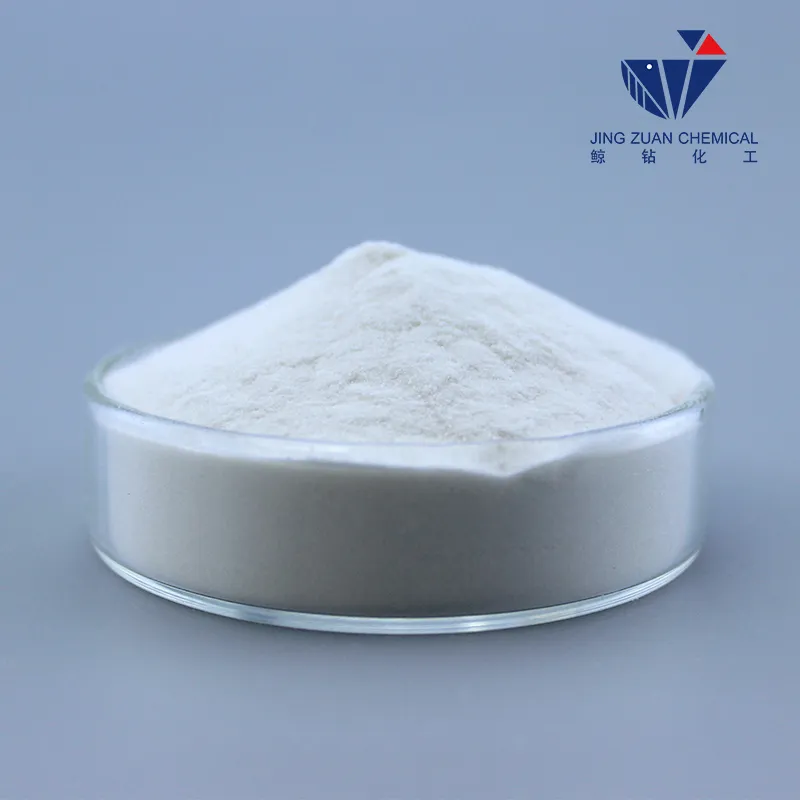
8 сар . 13, 2024 18:01 Back to list
Exploring the Applications and Benefits of Methyl Hydroxyethyl Cellulose in Various Industries
The Versatility and Applications of Methyl Hydroxyethyl Cellulose (MHEC)
Methyl Hydroxyethyl Cellulose (MHEC) is a modified form of cellulose ether that has become increasingly important in various industries due to its unique properties and versatility. As a non-ionic, water-soluble polymer, MHEC is derived from natural cellulose sources and modified through a chemical process that introduces methyl and hydroxyethyl groups. This modification significantly enhances its performance in various applications, making MHEC a valuable ingredient for manufacturers across multiple fields.
Properties of MHEC
One of the key features of MHEC is its ability to form viscous solutions when mixed with water. The degree of viscosity can be adjusted by altering the concentration of MHEC in the solution, allowing manufacturers to customize the thickness according to specific requirements. This rheological property makes MHEC an excellent thickening agent in many formulations, providing not only stability but also improved texture and spreadability.
Additionally, MHEC exhibits excellent water retention and film-forming capabilities. This means it can help maintain moisture in products, which is vital in applications such as construction materials or personal care products. The ability to create a flexible and durable film makes MHEC particularly valuable in coatings and adhesives, where adhesion and protection against environmental factors are crucial.
The Versatility and Applications of Methyl Hydroxyethyl Cellulose (MHEC)
MHEC’s versatility has led to its widespread use across various industries, including construction, pharmaceuticals, food, and cosmetics.
mhec-methhyl hydroxyethyl cellulose

1. Construction Industry In construction, MHEC is primarily used in tile adhesives, mortar, and gypsum-based products. Its high water retention capability ensures that the mixture remains workable for extended periods, allowing for better adhesion and bonding. Moreover, MHEC enhances the overall performance of these materials, improving their workability and providing a smoother finish.
2. Pharmaceuticals In the pharmaceutical sector, MHEC serves as a binder, thickener, and stabilizer in drug formulations. Its compatibility with various active pharmaceutical ingredients makes it a suitable choice for controlled-release formulations. Furthermore, MHEC is often used in topical applications due to its soothing properties, which can help enhance skin hydration and improve product efficacy.
3. Food Industry MHEC is also utilized in the food industry as a food additive. It acts as a thickening agent, emulsifier, and stabilizer in products such as sauces, dressings, and dairy items. The ability of MHEC to improve texture and consistency enhances the consumer experience while providing manufacturers with a reliable ingredient for maintaining product quality.
4. Cosmetics and Personal Care MHEC is commonly found in personal care products, including lotions, creams, and hair care items. Its thickening property contributes to the desirable texture of these products, while its water retention ability ensures that they remain hydrating. Additionally, MHEC can stabilize emulsions, making it an essential ingredient in various cosmetic formulations.
Conclusion
Methyl Hydroxyethyl Cellulose is a multifunctional polymer that plays a critical role in numerous industries. Its unique properties, such as water solubility, viscosity, and film-forming capabilities, allow for its effective use in construction, pharmaceuticals, food preparation, and cosmetics. As industries continue to evolve and demand more versatile and effective ingredients, MHEC is likely to maintain its position as a valuable additive, helping to drive innovation and enhance product performance across a wide range of applications.
-
The Widespread Application of Redispersible Powder in Construction and Building Materials
NewsMay.16,2025
-
The Widespread Application of Hpmc in the Detergent Industry
NewsMay.16,2025
-
The Main Applications of Hydroxyethyl Cellulose in Paints and Coatings
NewsMay.16,2025
-
Mortar Bonding Agent: the Key to Enhancing the Adhesion Between New and Old Mortar Layers and Between Mortar and Different Substrates
NewsMay.16,2025
-
HPMC: Application as a thickener and excipient
NewsMay.16,2025
-
Hec Cellulose Cellulose: Multi functional dispersants and high-efficiency thickeners
NewsMay.16,2025







